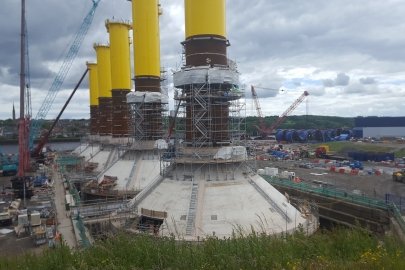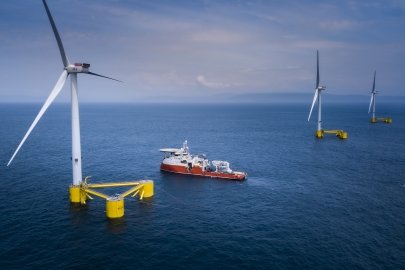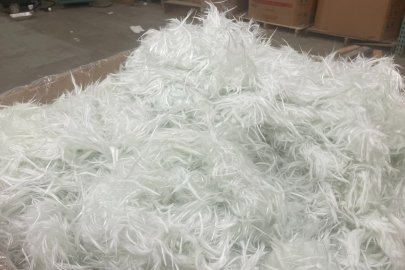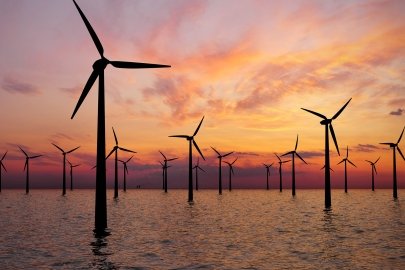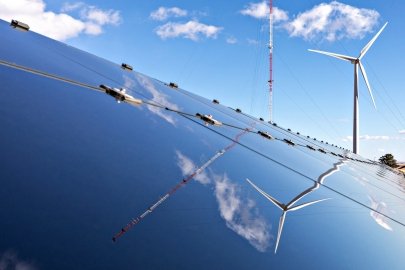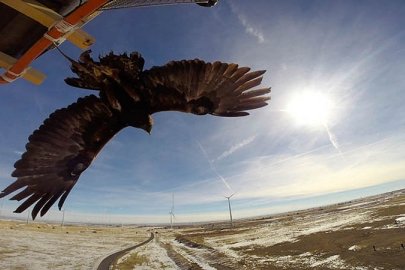A Pacific Northwest National Laboratory researcher shares her thoughts on the evolving potential of wind energy and how future scientists can get involved.
Wind Energy Technologies Office
October 17, 2022One undergraduate meteorology class changed Lindsay Sheridan’s career trajectory. She was exploring majors in psychology and education at Thiel College when she suddenly decided to take a class outside of her course of study.
“There wasn’t a meteorology major,” Sheridan said. “But I loved this class.”
After discovering her passion for atmospheric science, she changed her major to math, started programming, and then went to graduate school at Penn State University to study meteorology.
During her wind energy career, Lindsay discovered that one of her 17th-century ancestors owned and operated a Dutch windmill in the Netherlands, so it’s apparent that wind power runs in the family. Below is a conversation with Sheridan that discusses her unique career path, ambitions for wind energy, and thoughts on how young scientists can get involved in renewable energy.
What specifically was it about that undergraduate meteorology class that inspired you?
Seeing how many different aspects and outlets of meteorology there are made me realize that it was a field that would always keep me interested and always learning. Meteorology is science and communication, operation, and exploration. And everyone cares about the weather! Farmers, transportation companies, and of course, the energy sector. My meteorologist friends are out there helping states understand their water availability, helping firefighters find the safest and most effective times and locations to attack wildfires, and developing the latest forecast technology so that you’ll know whether to pack sunscreen or an umbrella on your next outing. There are so many unique communities you can serve with a meteorology degree.
You have worked in both the private and public sectors. How has your experience in the private sector informed your current work at Pacific Northwest National Laboratory (PNNL)?
When I began my private-sector career, wind programs in colleges were rare and I had no prior exposure to the industry. I learned on the job in real time from colleagues that were research scientists, energy traders, resource analysts, and more, and I’m profoundly grateful for the time they took to educate me in the rapidly growing wind energy industry. The experience has given me an understanding of what real-world successes and challenges look like for wind deployment and long-term performance—knowledge that I use at PNNL.
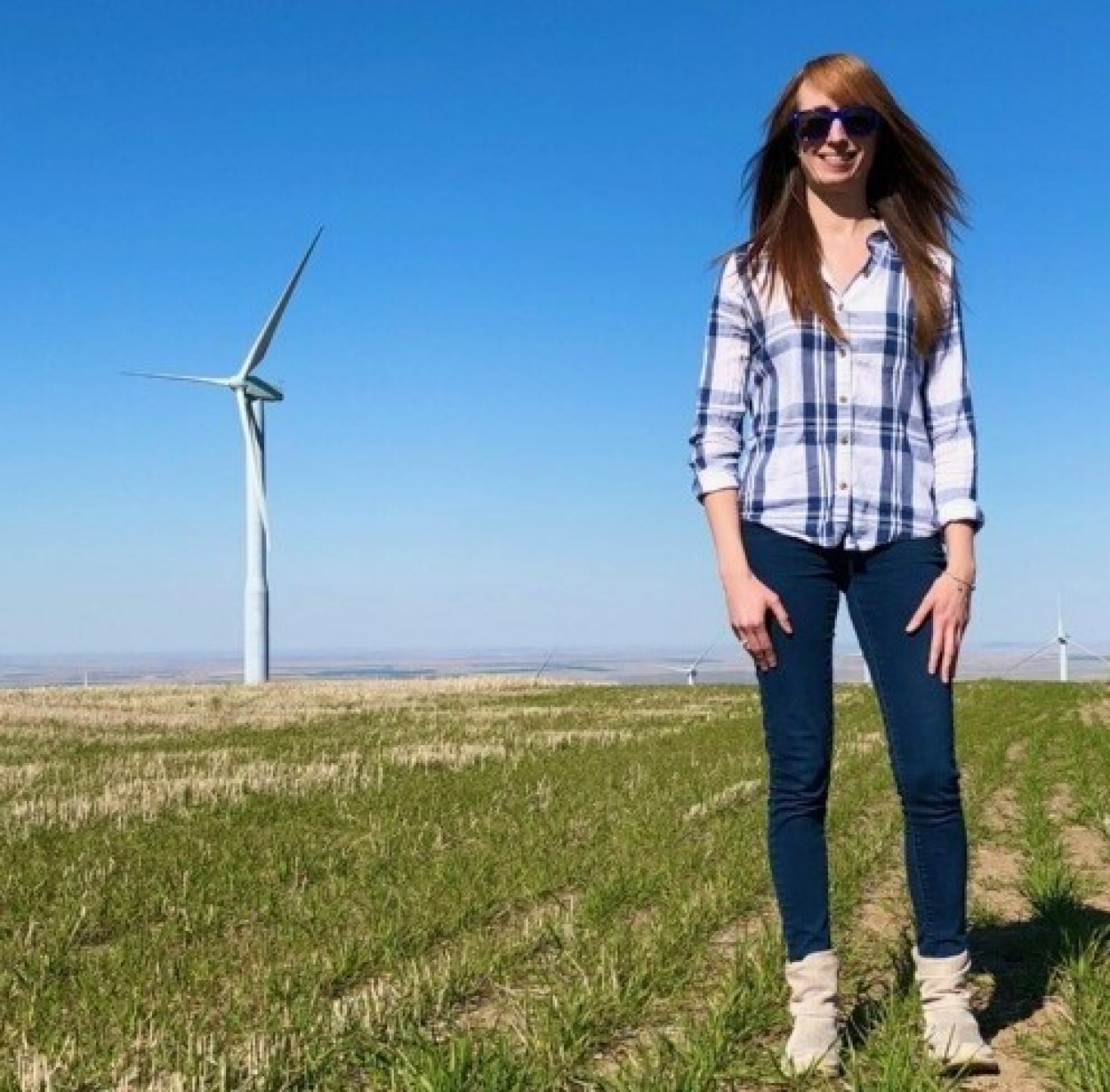
Pacific Northwest National Laboratory's Lindsay Sheridan supports offshore, land-based, and distributed wind energy.
You work closely with different communities. What are the biggest energy challenges they are facing?
Cost and access to energy are huge challenges, especially for rural and isolated communities. It is also challenging for communities to accurately estimate the role renewables can play in offsetting their current and future energy needs, a task for which PNNL and other U.S. Department of Energy (DOE) labs are happy to provide assistance.
As you engage with communities, what do you learn about them and how does it inform your research?
Conversations with communities are essential, which goes back to my earlier statement about meteorology being science plus communication. I can share where the best technical wind resource locations in a community might be, but I depend on the community to tell me whether those locations are of cultural significance, if they know of wildlife nesting in the area, and what future development is envisioned. Together, we can narrow down the optimal locations for wind deployment.
Where do you see the greatest opportunities for wind energy in the future?
In the United States, offshore and distributed wind energy show great opportunity. Both technologies can benefit from the lessons learned during the decades of research and funding that brought U.S. land-based wind to the impressive scale and low-cost that it has today. Our U.S. coasts have the wind resource to make offshore wind energy a success, and it’s been fascinating to watch the research and development of the industry expand from the Atlantic to the Pacific and beyond. Distributed wind costs have been decreasing over the years. This, with improved energy production estimates, lead us to find that distributed wind has significant potential for communities and companies interested in funding renewable energy.
What advice do you have for someone entering the wind energy or renewable energy field?
Get involved as a student, mentor, or judge with the Collegiate Wind Competition, a DOE-sponsored event where students gain experience and connections to help them launch into the wind industry!
Subscribe to the WETO e-newsletter to stay informed on the latest wind energy news, events, publications, and updates.


